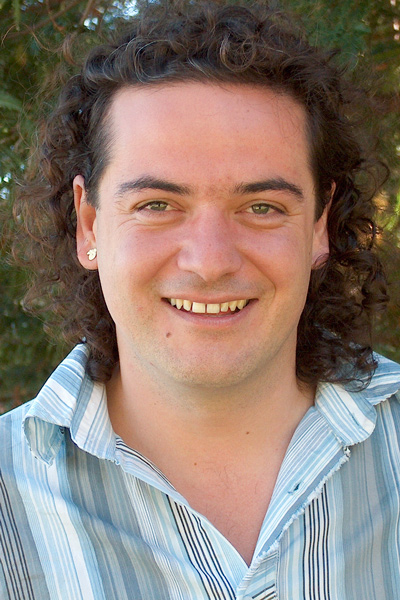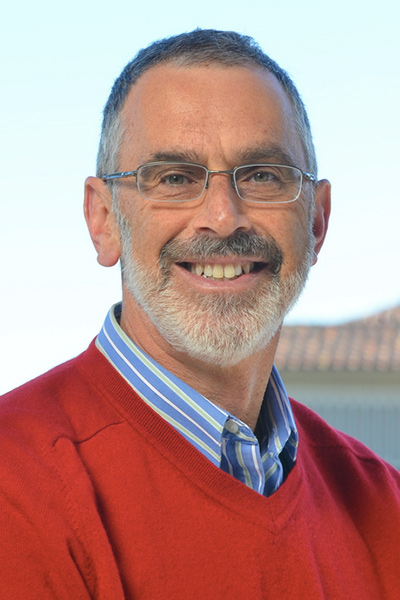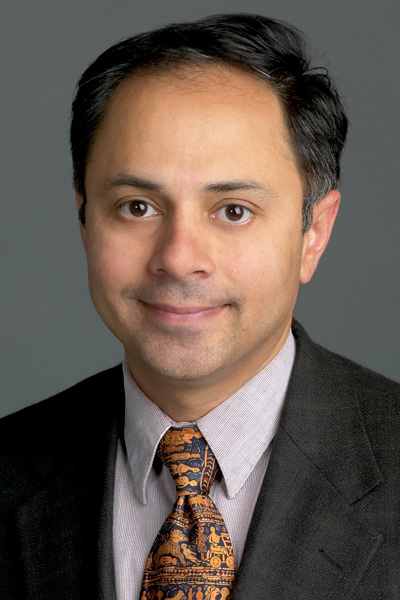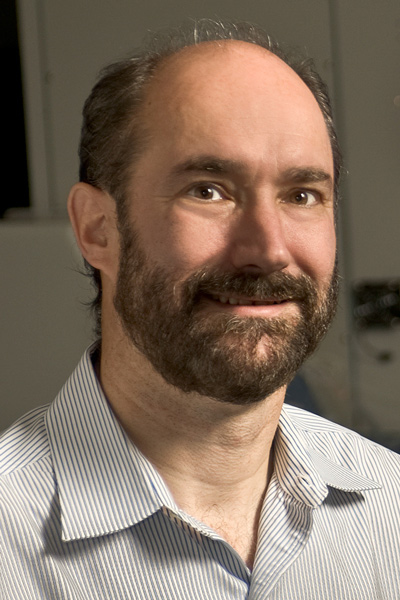Five Stanford professors named fellows of American Association for the Advancement of Science
Election as an AAAS fellow is an honor bestowed upon members of the association by their peers.
Five Stanford professors have been elected fellows of the American Association for the Advancement of Science. The honor is bestowed on AAAS members by their peers for meritorious efforts to advance science or its applications.
Tom Abel, associate professor in the Department of Physics and at SLAC National Accelerator Laboratory and acting director of the Kavli Institute for Particle Astrophysics and Cosmology, was elected for the advances he's made using supercomputers to explore the first billion years of cosmic history. His group studies the first objects to form in the universe, including stars, supernovae, magnetic fields and heavy elements. Abel is currently pioneering novel numerical algorithms that accurately follow how dark matter, gas and radiation interact to form the universe as seen today. His work has led to more than 100 publications and stunning visualizations and simulations that have been featured on television and in newspapers and magazines.
Russ Altman, professor of bioengineering, of genetics and of biomedical informatics research, was elected for contributions in the field of bioinformatics, particularly for analysis of targets for drug action and of the impact of human variation on drug responses. Altman, who holds the Kenneth Fong Professorship, is interested in the analysis of protein and RNA structure and function, as well as in applying systems biology concepts to pharmacology and personalized medicine.
Sanjiv "Sam" Gambhir, professor and chair of radiology and director of the Canary Center for Cancer Early Detection at Stanford, was elected for his work in multimodal molecular imaging of living subjects. In his work, Gambhir, who has particular interest in cancer biology and gene therapy, combines advances in molecular and cell biology with those in biomedical imaging. He holds the Virginia and D. K. Ludwig Professorship in Cancer Research.
Michael Snyder, professor and chair of genetics, was elected for contributions to the field of genomics, particularly for inventing or pioneering chromatin-immunoprecipitation sequencing, RNA sequencing, tiling array, protein microarray and personalized medicine technology. Snyder, who holds the Stanford W. Ascherman, MD, FACS Professorship in Genetics, has been deeply involved in international, multi-institutional efforts seeking to understand and compare the DNA elements controlling gene expression in humans and other model organisms, such as mice.
William Talbot, professor of developmental biology, was elected for his work using zebrafish to understand the development of myelinated axons in the vertebrate nervous system. This process is associated with many human diseases, including multiple sclerosis. He and his lab have used genetic screens to identify several genes with specific functions in myelination, and are working to understand their functions at a molecular level. They hope to define new zebrafish models of important myelin disorders in humans and new therapies for myelin repair and prevention of axonal damage after demyelination.
Each of this year's 401 new members will be presented with an official certificate and a rosette pin in gold and blue (representing science and engineering, respectively) on Saturday, Feb. 14, at the AAAS Fellows Forum during the 2015 AAAS Annual Meeting in San Jose.






Share This Story